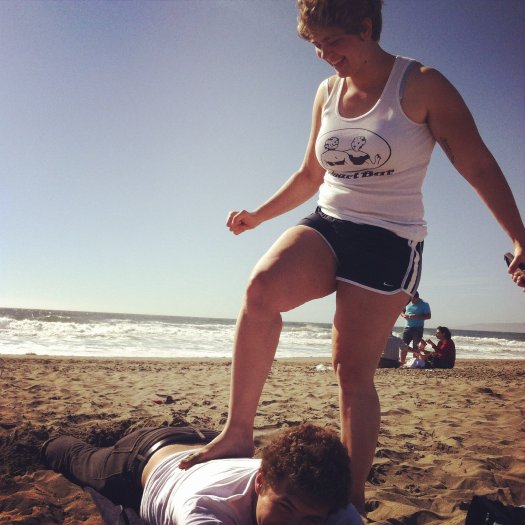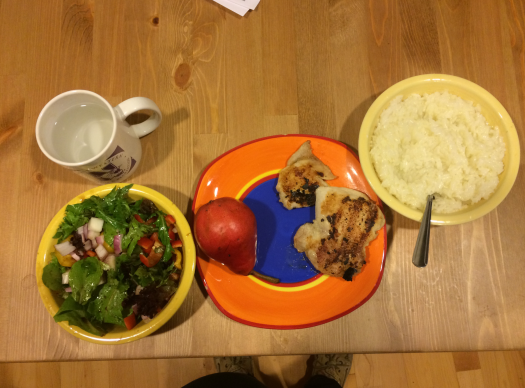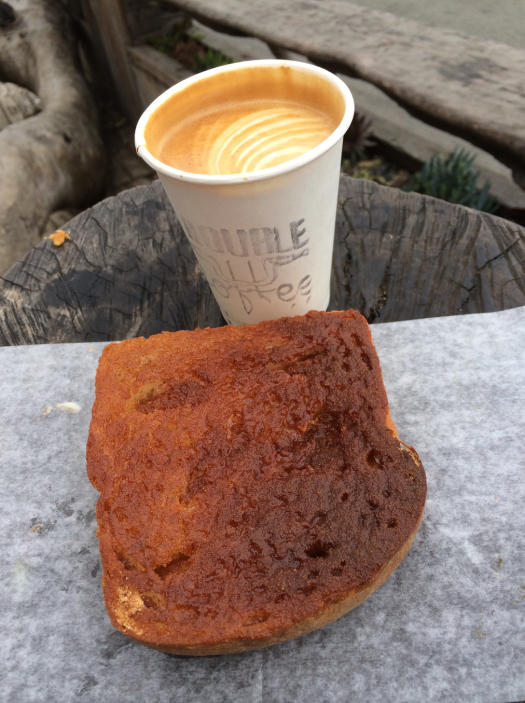I have a friend who was never able to stick to an exercise routine. No matter what she tried, she always dreaded going to the gym. She constantly made excuses and skipped workouts. Naturally, she failed to make any noticeable progress toward her goals.
Fast forward a few years, and my friend has lost weight and competed in powerlifting meets. She talks up her gym to everyone she knows and looks forward to her workouts. What happened to create such a drastic change?
My friend found accountability and community. She joined a semi-private training gym where a couple coaches oversee a small group of gym members completing individual programs at the same time. The atmosphere at the gym was fun and low-pressure, which allowed my friend to shed her initial insecurities. The coaching provided her with some much-needed guidance. She was finally able to master basic movements and subsequently noticed big strength gains.
Most importantly, she built friendships with the staff and other members who trained at the same time. The more time she spent with these people, the more she felt part of the group. Rather than being something to dread, her workouts became a time to have fun and get some stress relief. This made all the difference in helping her establish an enjoyable and sustainable training regimen.
Humans are hardwired to be social. Although we all like to think we can do everything ourselves, the reality is we perform best when surrounded by supportive people.
This week, I want to explore two of the most powerful ways you can use the support of others to help you be more successful with your individual goals. Accountability and community are related but independent factors that could be the missing link in your fitness journey.
Accountability
Having accountability means being responsible to something other than yourself. In the context of health and fitness, it means someone else shares expectations for your success. It’s easy for life to get in the way when you are the only person who’s figuring out the best way to move toward your goals. It’s much harder to drop the ball when someone else shows you the way or walks along the path with you.
Hire a coach
Hiring a coach or trainer is one of the best ways to hold yourself accountable. A good coach can help you achieve your goal faster using their extensive knowledge of program design and experience coaching people through challenging lifestyle changes. Trainers help you manage expectations and establish realistic plans, reducing the risk of frustration or burnout.
If you can’t afford or don’t have access to an in-person trainer, there are many great coaches currently offering online training programs. These programs are often much cheaper than in-person training and aren’t restricted by location or scheduling. Many online trainers can also write programs for people who train exclusively at home or on the road with more limited equipment.

Find a workout buddy
An easy way to build in accountability is to find a workout buddy. Your partner, a trusted friend, or a coworker with similar goals are all good choices depending on where and when you train. It’s much harder to bail on a planned workout when you know someone else expects you and counts on you to show up.
I’ve used this system myself with great success. Over the past year, I was supposed to do one session of interval training each week. For a while, I was trying to do this at the end of a weight training session. I found I was so mentally and physically tired after lifting that I rarely got around to actually doing the intervals. I knew my boyfriend liked to do intervals on Thursday nights at his gym, so I changed my training schedule and started going with him. This extra boost of accountability was tremendously helpful. Even if neither of us really wanted to do intervals, we both went anyway.
Use technology
These days, there are several apps you can use to help keep you accountable. If you are financially motivated, use apps like Healthywage to inspire you to make changes. These kinds of apps vary from awarding cash prizes to charge you if you fail to you to stick with your eating or exercise plan.
You can also download apps to provide training programs and track your progress. Following a program will get you much better results than simply showing up at the gym and doing random workouts. A training log keeps you honest and allows you to assess whether you are truly progressing over time.
Looking for a done-for-you training program? Grab your copy of Full45 here.
Making a public announcement or commitment can also help keep you accountable. Once your goals are out in the open, it’s much harder to give up or make excuses. Status is a very powerful motivator, and nobody wants to look bad in front of their friends. Take advantage of this internal wiring and put yourself out there for all of your social network to see. Schedule regular check-ins to keep your friends and family in the loop. To make this even more powerful, find a digital accountability buddy and use social media to keep tabs on each other’s progress.
Community
Community is formed when you are part of a group that shares your values, interests, goals, and attitudes. You are part of a community when you feel like a member of a group or part of something bigger than yourself. When you start to look forward to just being at the gym and seeing your friends there, you’ll know you’ve found a great community.
Finding the right gym environment
One of the reasons why Crossfit has become such a widespread phenomenon is the tightnit sense of community fostered at its “boxes.” People keep coming back not only for the workouts, but also because they feel at home. They build relationships with coaches and members and identify with the culture. Over time, they invite other like-minded friends and the community continues to grow and evolve.
If you want to join a private gym, shop around for the place which feels the best to you. Visit the facility, soak up the atmosphere, and take a trial class or session if you can. Get to know the owner and any staff you will be interacting with. Talk to the other members and ask them what they like and don’t like. If something about the environment feels off, or if you just don’t click with the people, it’s best to keep looking elsewhere.
If you train at a big-box, commercial gym, you can still create a sense of community. Befriend the other regulars who train at the same time as you. Learn the names of all the staff members. Get involved with charity events or competitions run through the gym. Every gym, no matter how big, has a group of regular members and employees who are always around. If you can get to know and like these people, you will be more excited to come to the gym.

Find a virtual community
Not everyone has access to a great in-person community. Some people train at home or on the road, others live in isolated communities, and still others simply can’t find supportive, friendly environments where they live. Fortunately, the internet has made it incredibly easy to find groups of like-minded people.
A quick Facebook search will likely turn up numerous groups of people who share your goals and interests. Join the groups that jump out at you and become an active member. Ask questions and contribute answers to others where you can. Get to know the other members of the group. Share your successes with the group and celebrate those of others.
Over time, you may be surprised at the rich relationships you can build within a great online community. You may even eventually meet up with these people in person and form lifelong friendships.
If you are struggling to achieve a goal or find motivation, look for ways to involve other people in your process. Find a coach, friend, or tool to help keep you accountable and make it harder to succumb to excuses. Seek out a rich community of like-minded people to support and encourage you along the way.
As I mentioned above, hiring a coach is one of the best ways to hold yourself accountable. There are two main ways you can work with me:
Sign up for online coaching. I design 100% customized, structured, long-term workout plans based on your unique needs. I also offer nutrition and lifestyle coaching and accountability check-ins to support you with your goals.
Purchase Full45, a done-for-you three month training program designed for busy professionals who want to get stronger and leaner. Train your entire body twice a week for 45 minutes using these client-tested workouts.























